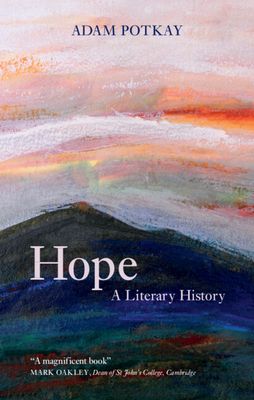Home
Communities of Cultural Value: Reception Study, Political Differences, and Literary History
Loading Inventory...
Barnes and Noble
Communities of Cultural Value: Reception Study, Political Differences, and Literary History
Current price: $139.00


Barnes and Noble
Communities of Cultural Value: Reception Study, Political Differences, and Literary History
Current price: $139.00
Loading Inventory...
Size: OS
*Product Information may vary - to confirm product availability, pricing, and additional information please contact Barnes and Noble
Philip Goldstein is fast establishing himself as the doyen of "reception study," a discipline that assumes that the reader's interpretive practices explain a text's import. In his latest work,
Communities of Cultural Value,
Goldstein delves again into the realm of literary criticism, painting an absorbing picture of the changing nature of a growing, more diversified readership and its challenge to professional literary study. Goldstein's PostMarxist approach investigates how interpretive communities govern the reader's practices, through lucid case studies that analyze the reception of texts and authors ranging from Jane Austen to John Le Carré.
Communities of Cultural Values
is an important addition to the continuing debate over art's aesthetic autonomy and the role of literary criticism in the 1990s, and it will be most valuable to readers seeking to chart the changing socio-historical condition of literary study.
Communities of Cultural Value,
Goldstein delves again into the realm of literary criticism, painting an absorbing picture of the changing nature of a growing, more diversified readership and its challenge to professional literary study. Goldstein's PostMarxist approach investigates how interpretive communities govern the reader's practices, through lucid case studies that analyze the reception of texts and authors ranging from Jane Austen to John Le Carré.
Communities of Cultural Values
is an important addition to the continuing debate over art's aesthetic autonomy and the role of literary criticism in the 1990s, and it will be most valuable to readers seeking to chart the changing socio-historical condition of literary study.


















